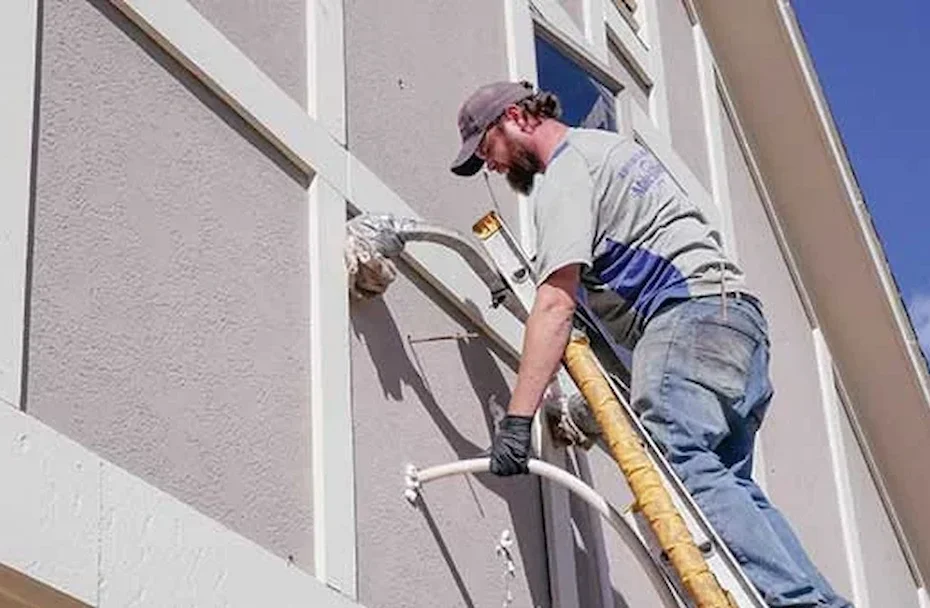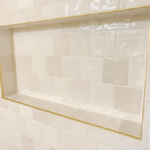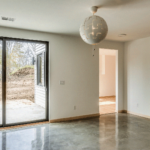Insulation plays an essential role in keeping homes comfortable and energy-efficient. Among different areas that require insulation, Best insulation for exterior walls are one of the most important. Poorly insulated walls allow heat to escape in winter and enter during summer, leading to higher energy bills and uncomfortable indoor temperatures.
If you are building a new home, renovating, or upgrading an older property, choosing the best insulation for exterior walls is one of the smartest improvements you can make.
This informational guide explains:
- Why exterior wall insulation matters
- The different types of insulation used in exterior walls
- What affects insulation performance (R-value, climate, material)
- Real-life case study showing energy savings
- How to choose the right insulation based on your needs
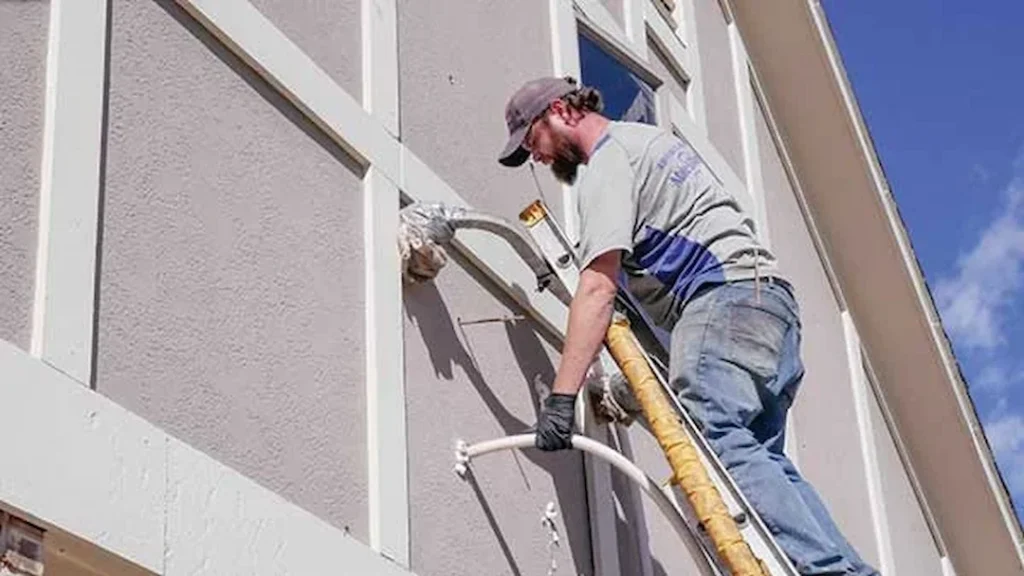
Content
Why Exterior Wall Insulation Is Important
Best Insulation for exterior walls act as a barrier between outdoor temperatures and indoor living spaces. Without insulation, heat moves freely through the walls — a process known as heat transfer.
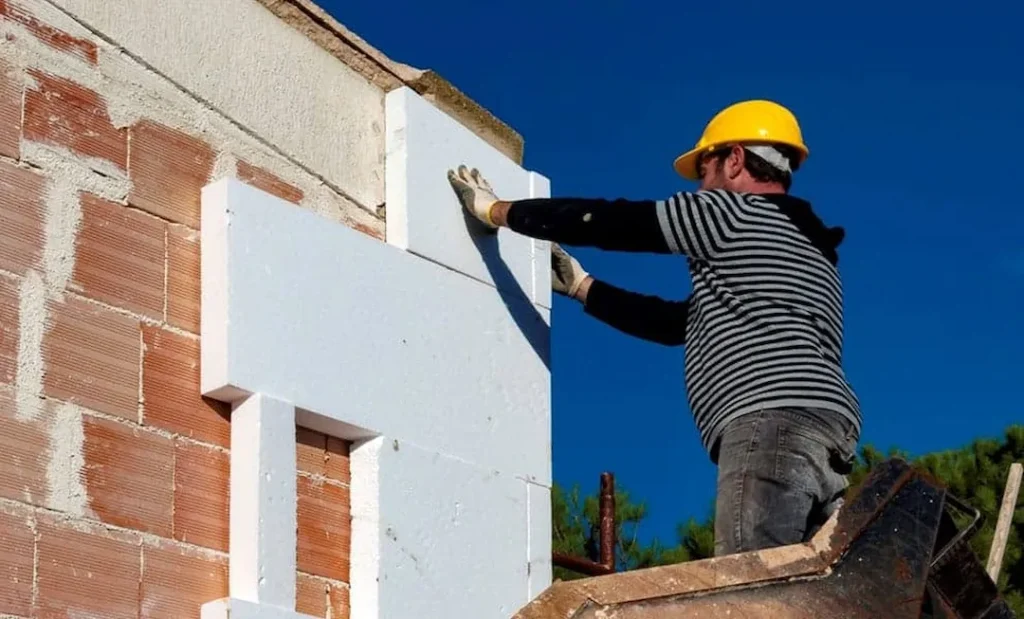
Proper insulation helps:
- Maintain a balanced indoor temperature
- Reduce energy consumption (less heating/cooling required)
- Decrease monthly utility bills
- Improve indoor comfort by reducing drafts and temperature swings
- Reduce outside noise, improving indoor acoustics
Studies show that exterior walls can account for up to 35% of total heat loss in homes that lack proper insulation.
Understanding R-Value (Efficiency Rating)
When comparing insulation materials, you’ll see references to something called R-value.
R-value indicates how resistant a material is to heat flow. Higher R-value = better insulation.
The R-value you need depends on:
- Climate zone
- Type of wall assembly
- Local building codes
Best Types of Insulation for Exterior Walls
Here are the most commonly used insulation materials for exterior walls, including benefits and ideal use cases.

1. Rigid Foam Board Insulation
(Polyiso, XPS, EPS)
Rigid foam boards are placed on the outside of the wall, beneath the siding. They are commonly used in both renovations and new construction.
Advantages:
- Provides continuous insulation across wall studs
- Prevents thermal bridging
- Resistant to moisture
Best application:
Homes undergoing siding replacement or new builds.
2. Dense Pack Cellulose (Ideal for Older Homes)
Dense pack cellulose is installed using a technique known as drill-and-fill — insulation is blown into the wall cavity through small holes drilled in the exterior siding.
Advantages:
- No need to remove drywall or interior finishes
- Eco-friendly and cost-effective
- Excellent soundproofing qualities
Best application:
Exterior wall insulation for older homes where walls are difficult to access.
This is also considered the cheapest way to insulate exterior walls without major construction work.
3. Closed-Cell Spray Foam Insulation
Spray foam expands to fill cavities completely, creating an air and moisture barrier.

Advantages:
- Highest R-value per inch
- Air-sealing and insulation in one step
- Excellent thermal performance
Consideration:
It delivers high efficiency but is more expensive compared to other options.
Best application:
Homes requiring airtight construction or walls with unusual shapes.
Comparison (Simple Reference)
| Insulation Type | R-Value (approx.) | Cost | Best For |
|---|---|---|---|
| Dense Pack Cellulose | Medium | Low | Retrofits, older homes |
| Rigid Foam Board | High | Medium | Renovations, exterior siding work |
| Closed-Cell Spray Foam | Highest | High | Maximum efficiency and sealing |
Exterior Insulation vs. Interior Insulation
| Feature | Exterior Wall Insulation | Interior Wall Insulation |
|---|---|---|
| Maintains interior space | ✅ | ❌ |
| Avoids drywall removal | ✅ | ❌ |
| Energy efficiency | ✅ High | ⚠️ Medium |
| Soundproofing performance | ✅ | ✅ |
Although interior insulation is possible, insulating from the exterior is generally more efficient and less disruptive.
How to Choose the Best Insulation (Simple Decision Guide)
Ask yourself:
| Question | If “Yes,” Consider |
|---|---|
| Is it an older home with no insulation? | Dense pack cellulose (drill-and-fill) |
| Are you replacing siding? | Rigid foam board |
| Do you want the highest possible efficiency? | Spray foam |
When selecting insulation, also consider:
- Your budget
- Climate and weather conditions
- Whether you prefer minimal construction work
Real-Life Case Study: Energy Savings With Exterior Wall Insulation
Home Built: 1989
Location: Suburban neighborhood
Problem: Drafts, uneven temperatures, high energy costs
Existing condition: No insulation in exterior walls
Solution:
Dense pack cellulose insulation installed through the drill-and-fill method.
Results within 2 months:
| Before Insulation | After Insulation |
|---|---|
| Noticeable drafts near exterior walls | Drafts eliminated |
| Uneven temperature (warm upstairs, cold downstairs) | Consistent temperature throughout |
| High energy bills | ~30% reduction in heating and cooling costs |
This method worked without removing drywall, making it ideal for older homes.
Final Thoughts
Best Insulation for exterior walls insulation is one of the most effective upgrades for improving comfort and reducing energy costs. The best insulation for exterior walls depends on your goal:
- Choose dense pack cellulose for quick, affordable retrofits.
- Choose rigid foam board when repairing or replacing siding.
- Choose spray foam for maximum efficiency and airtightness.
Whichever option you choose, insulating exterior walls brings measurable improvements that last for decades.
FAQ: Exterior Wall Insulation
What is the most energy-efficient insulation?
Closed-cell spray foam offers the highest R-value per inch.
What is the cheapest way to insulate existing exterior walls?
Dense pack cellulose using the drill-and-fill method.
Can I insulate exterior walls without removing drywall?
Yes, the insulation can be installed from the outside.

My name is Author Name. I post about home improvement ideas and how to make your home look beautiful and liveable. I hope my posts will help you with your DIY projects!
